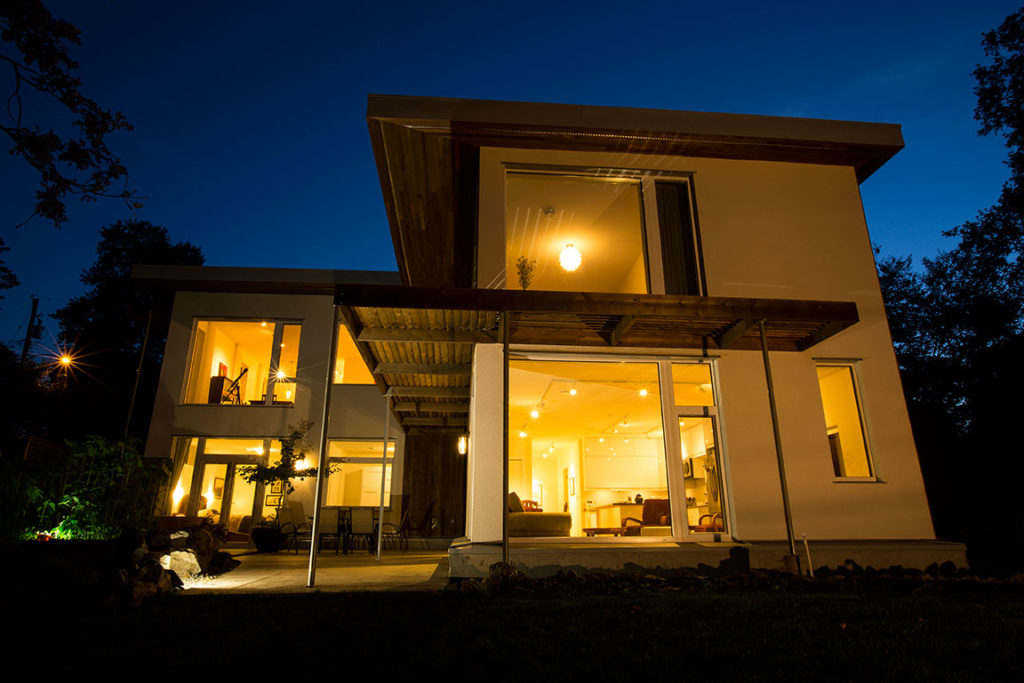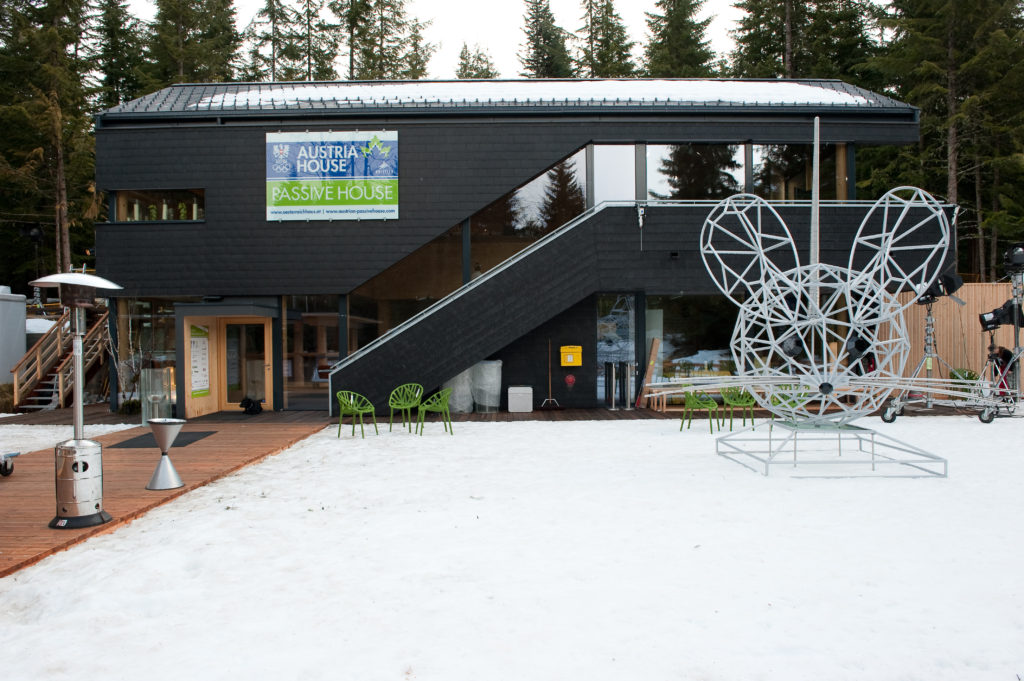Why high-performance buildings?
High-performance building standards lie at the foundation of how we build better.
What does Passive House mean for you as a home owner?
We are already experiencing the effects of climate change in Oakland. Our summers are hotter and our winters are stormier, droughts followed by massive rains. The City of Oakland is also preparing for rising sea levels.
Growing evidence shows changing climate is harming communities around the world.
You may have heard of homes that can be “heated by a hair dryer.”
Passive House for home construction is the difference between a paper coffee cup and a sealed, insulated thermos- It’s a real impact we can have on stabilizing the climate.
What does Passive House mean for you as a Home Owner? Read more on the benefits below.
Builders & designers may wonder:
California has great weather- Why do we need Passive House?
Open, breezy homes are common in our climate, but beware of the impacts that they have. California Energy Code is ramping up to require many of the same traits of a Passive House- Stay ahead of the curve!
- California mandatory Net Zero Energy is around the corner! Passive House easily meets this criteria
- Remember “Net Zero Energy” is NOT fossil fuel free- Passive Houses, by contrast, power off of the sun in winter while solar resources are the lowest. Battery storage demand drastically reduced!
- Traditional homes rely on air leakage (a.k.a. drafts) and exhaust for ventilation. Poor air quality in cities begs the need for filtered ventilation air and better control than counting on the wind to blow.
- Traditional windows are a source of drafts & discomfort. Passive House windows are an asset in winter, gaining more heat than they lose. (And are operable for summer, despite misconceptions about Passive House air tightness)
Benefits of High Performance Buildings

High-performance buildings are comfortable, healthy and quiet. Because they are designed well and built to last, they work well and are simple to use and maintain.

You know what you’re getting with a high-performance building. Knowing a high-performance building is built better, you feel better.
- High-performances buildings remain comfortable during power outages and extreme weather.
- Their maintenance and energy costs remain low over the long term.
- They maintain market value over time.
- And because they use as little as 1/10th of heating and cooling energy that other buildings use, their reduced impact on climate change and outdoor air quality makes you feel better, too.

Operating, maintenance and energy costs are lower for high-performance buildings than for conventional buildings. This makes high-performance building standards, such as the international Passive House Standard, an effective solution for any building type over the long term.
- Building a high-performance building adds marginal costs to the overall capital construction cost, but simple mechanical systems and robust, quality-assured construction can reduce building costs.
- High-quality components and building durability reduce long-term maintenance costs for occupants.
- Drastically reduced energy use provides immediate savings.
- High-performance buildings maintain market value over time.

High-performance buildings work. The Passive House Standard has been used for over 25 years to create highly efficient buildings in all climate zones, from the Antarctic to the equator.
High-performance buildings rely upon four things:
- efficient design
- insulation
- air tightness
- clever ventilation
Simplicity carries through in the use and operation of Passive House buildings. No special computerized controls are needed. Stable indoor conditions mean building occupants remain comfortable without bundling up in sweaters and extra socks in cool weather.
The Passive House Standard
Passive House California promotes the international Passive House (Passivhaus) high-performance building standard as a simple, quality-assured approach to designing and constructing better buildings. The Passive House Standard is a proven methodology for achieving high-performance from buildings of all types, and is the only internationally recognized performance-based building energy standard.
Case Studies By Our Neighbors To The North
Click on the links below to review case studies of tested and proven high-performance buildings.
Khotso Passive House
Vancouver, BC

North Park Passive House multi-unit residence,
Victoria, BC

Bernhardt Passive House residence,
Victoria, BC

Breezeway House,
Richmond Hill, Ontario

Lost Lake Passive House commercial day lodge, offices and meeting building
Whistler, BC

